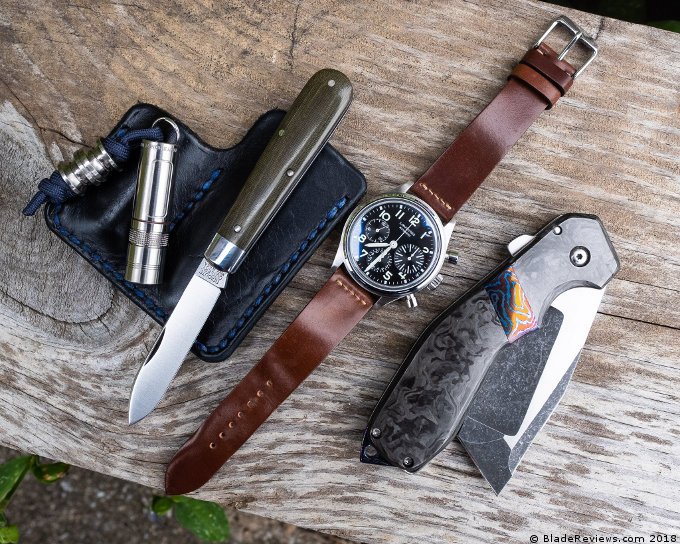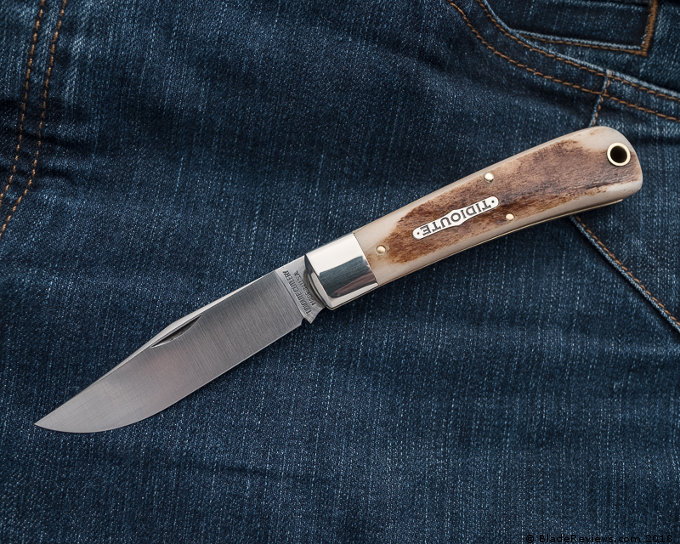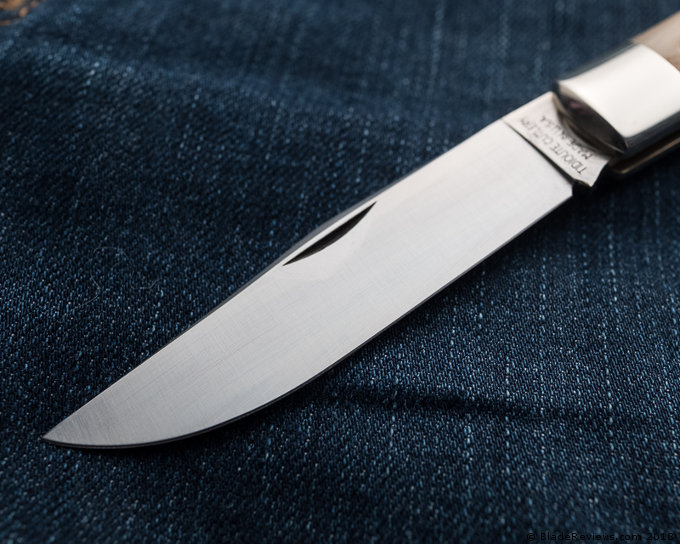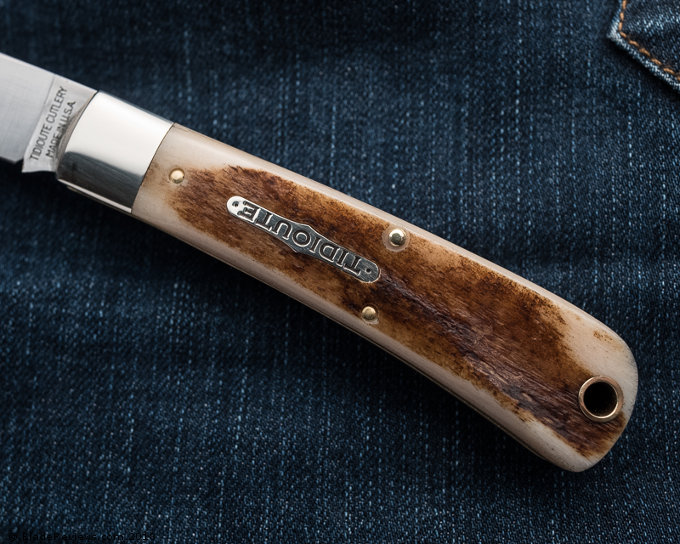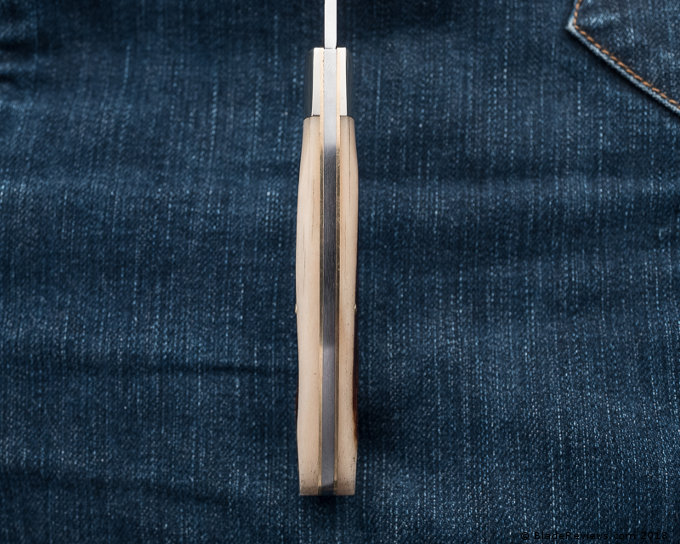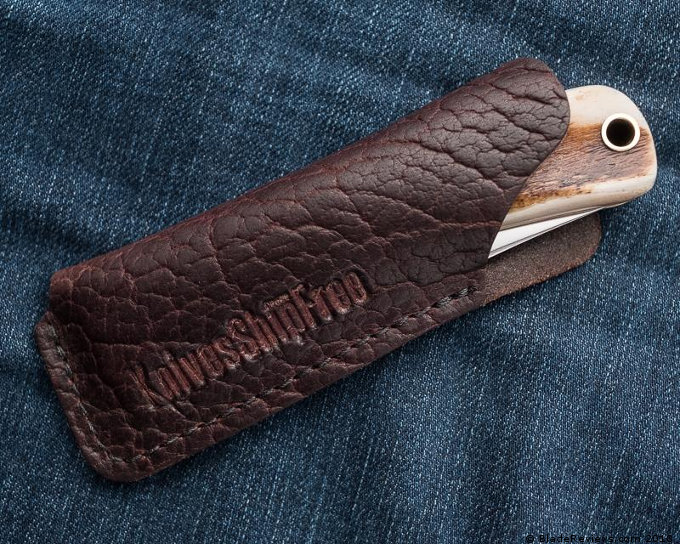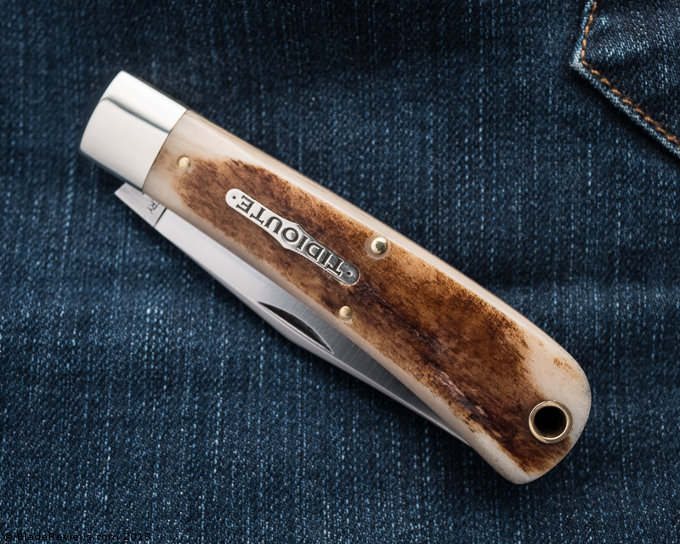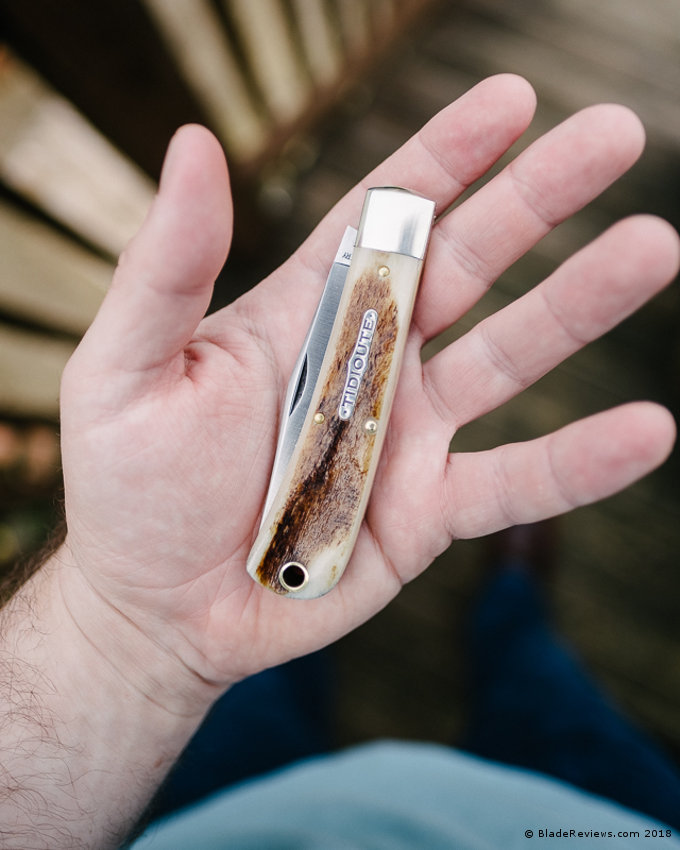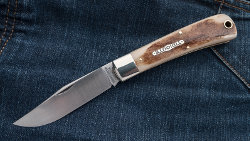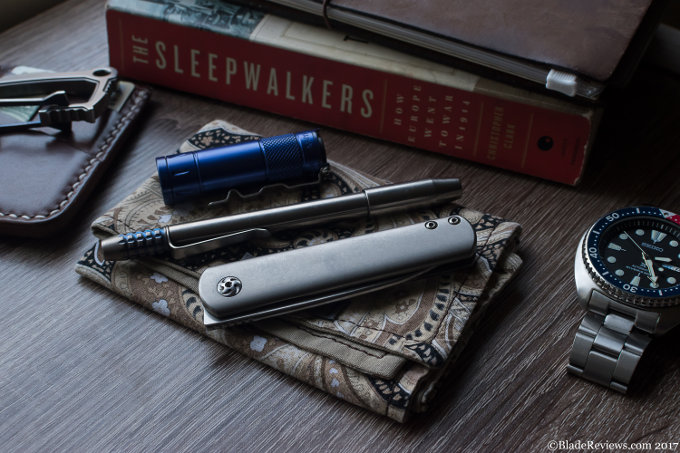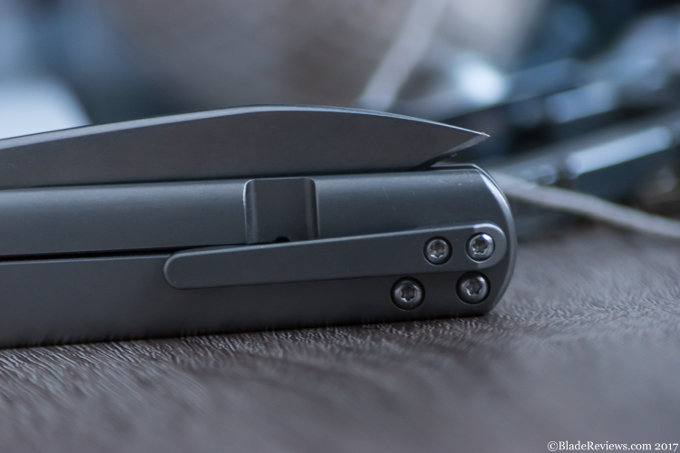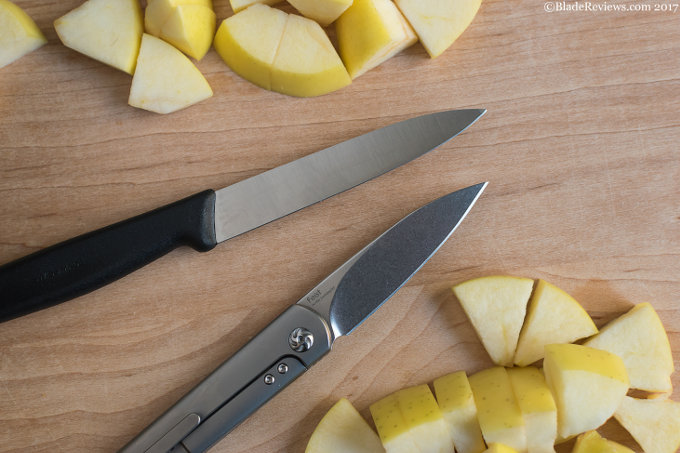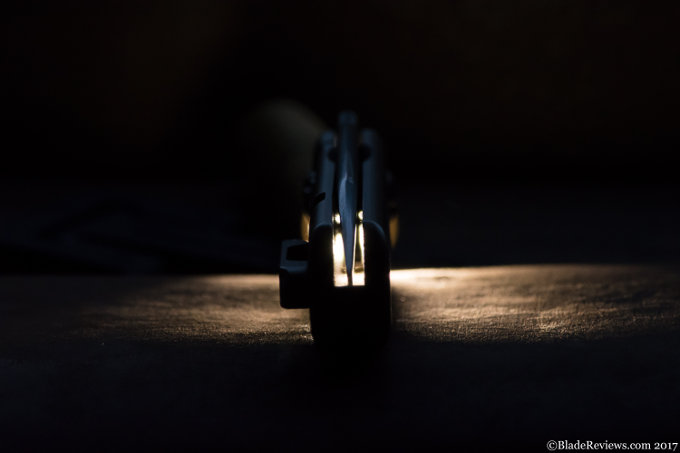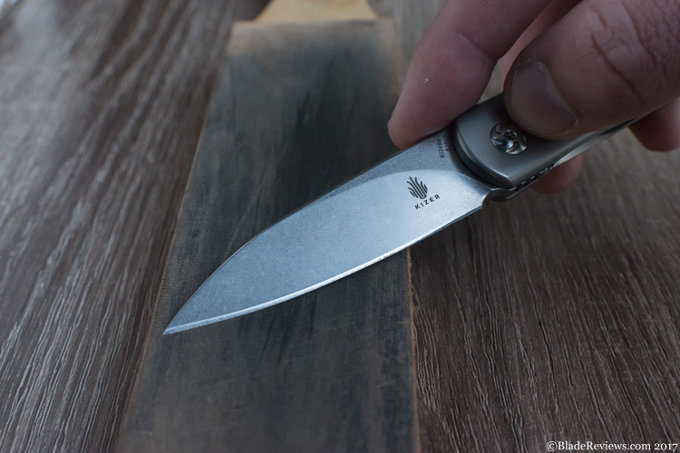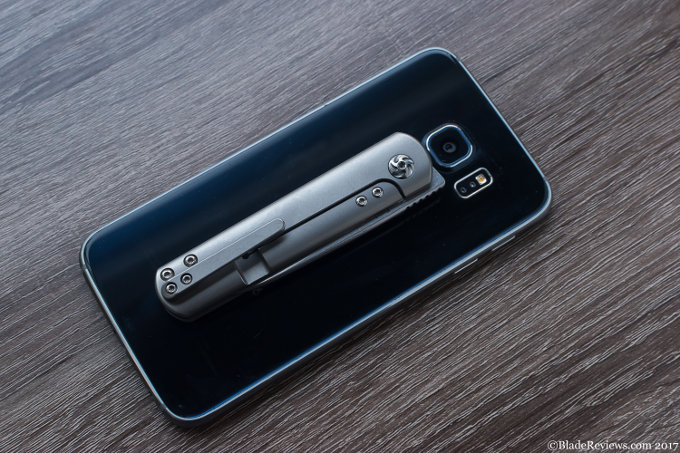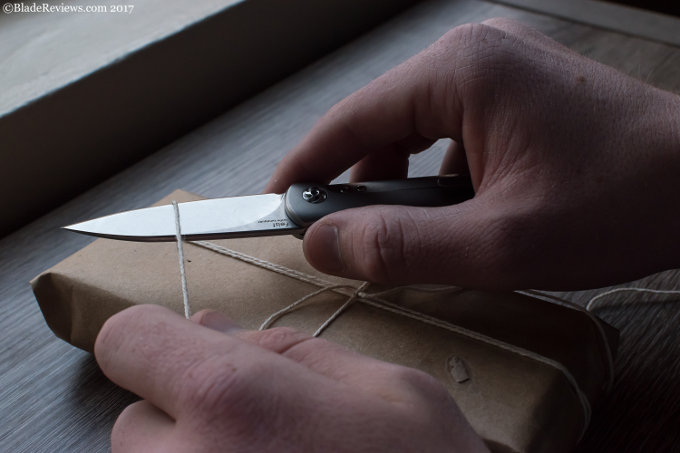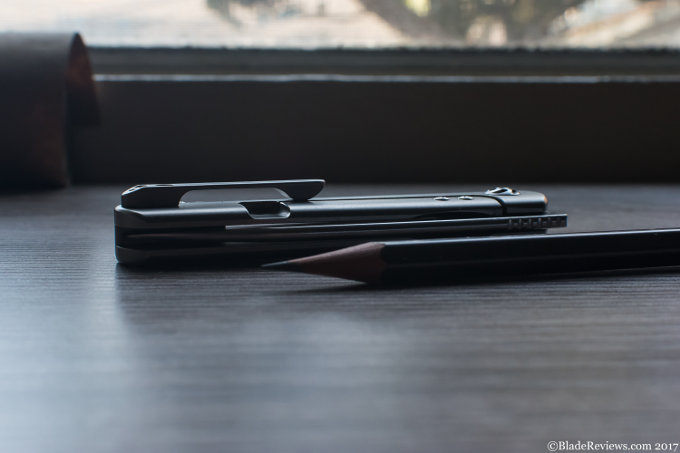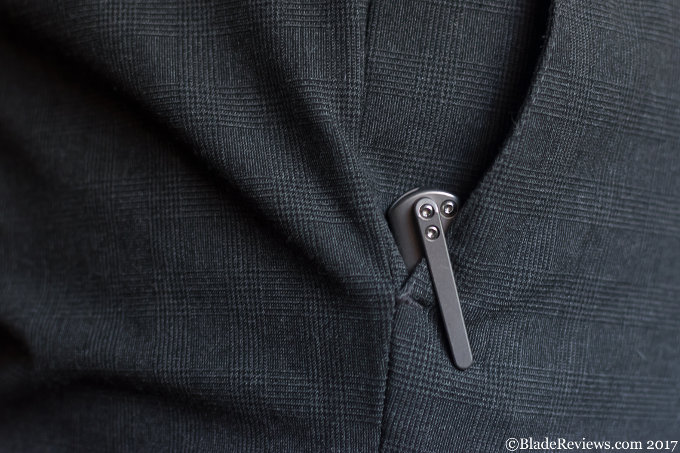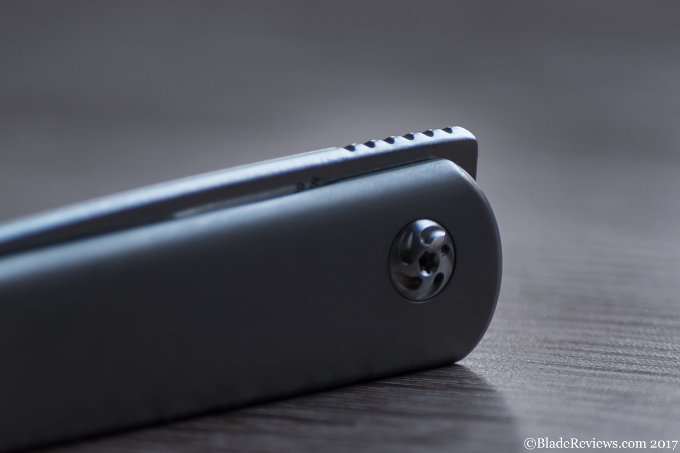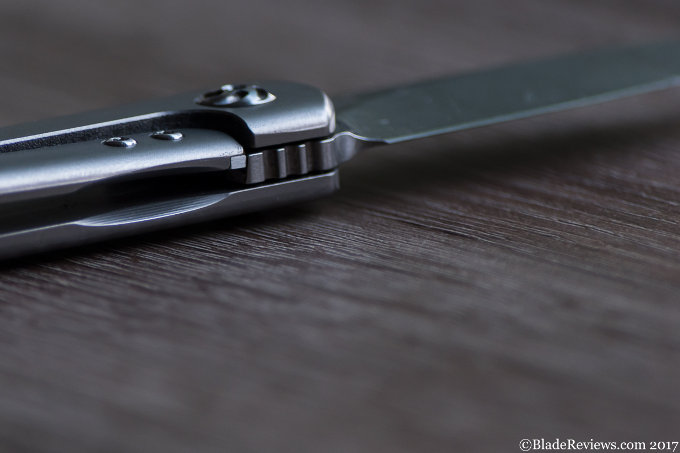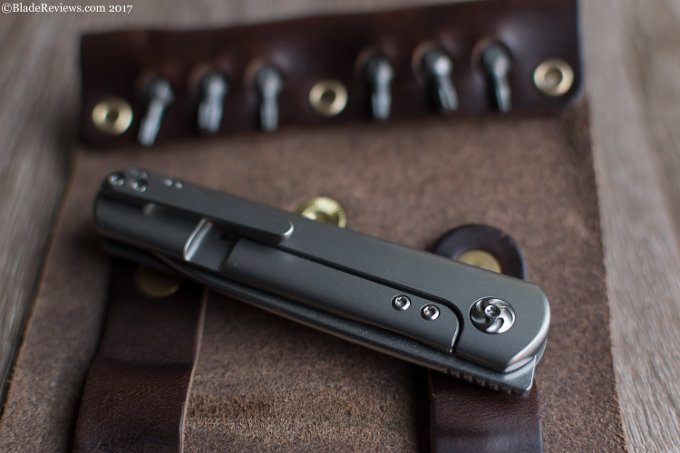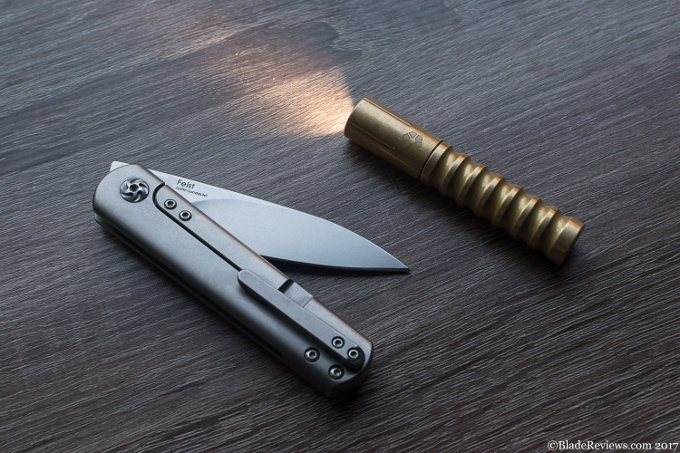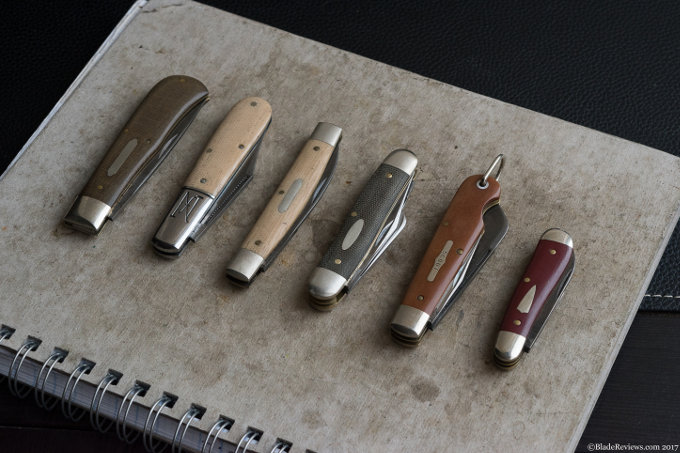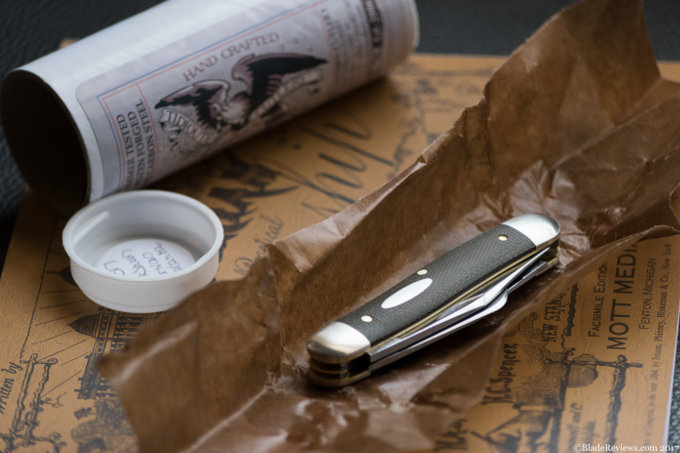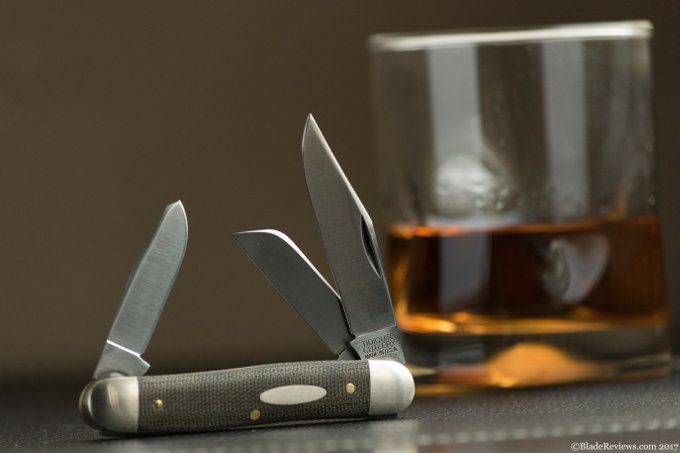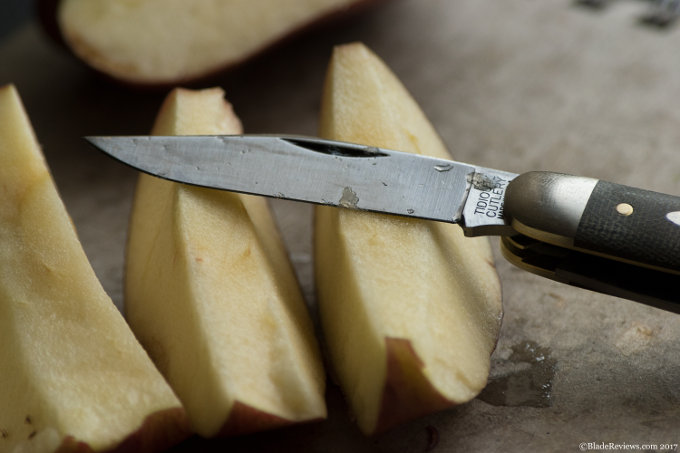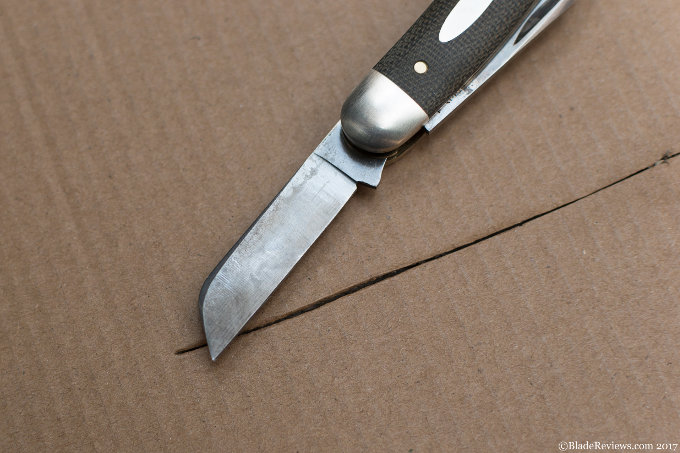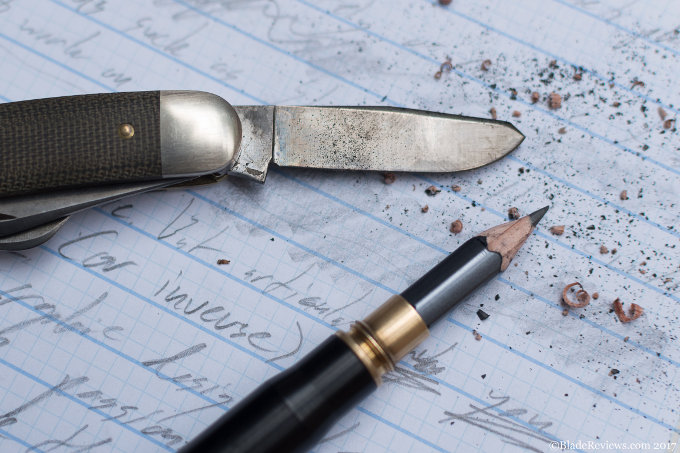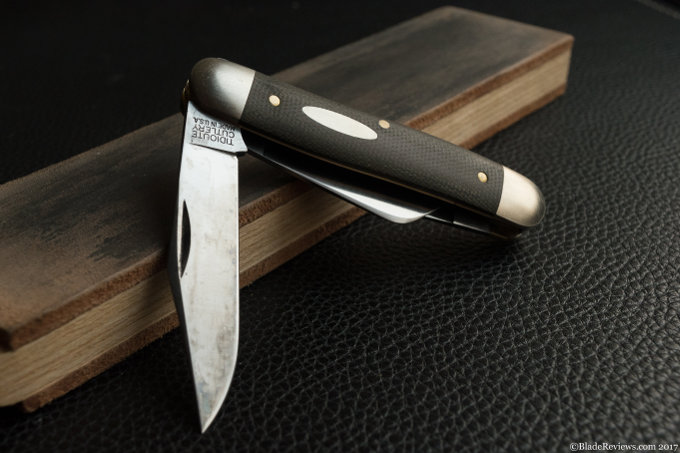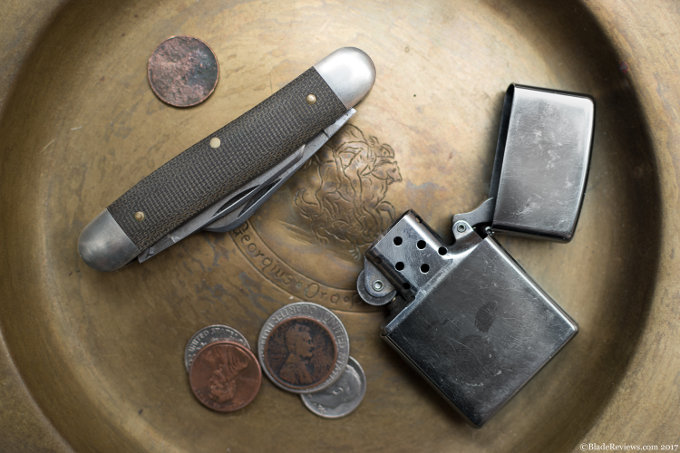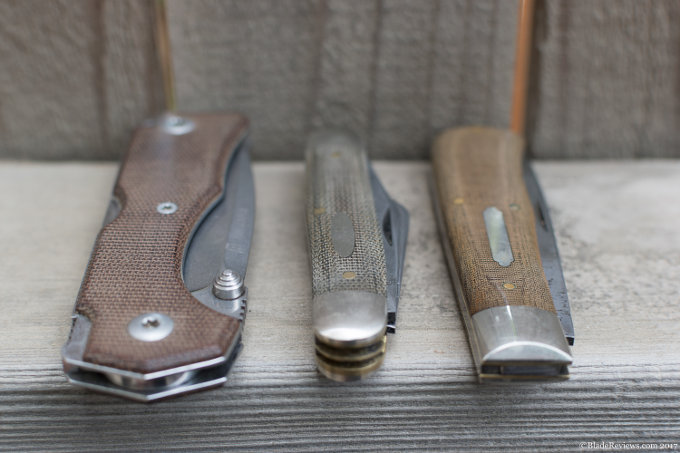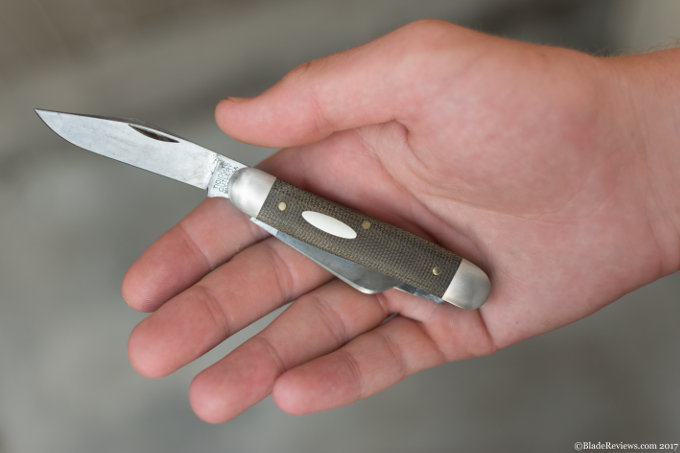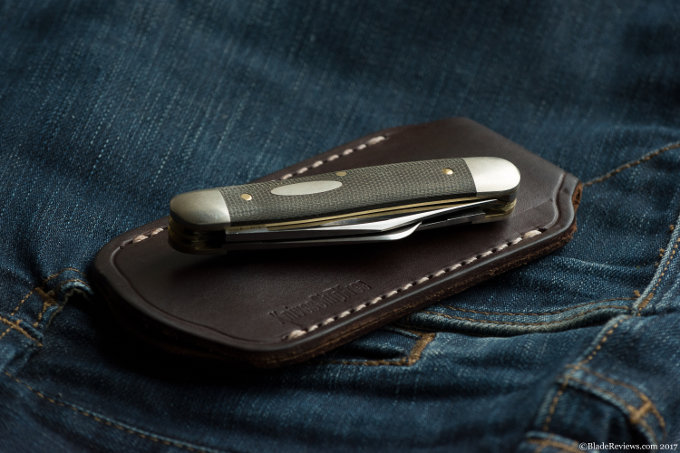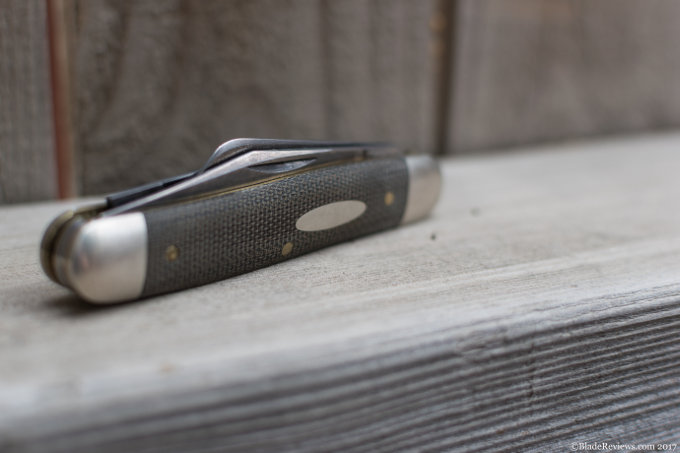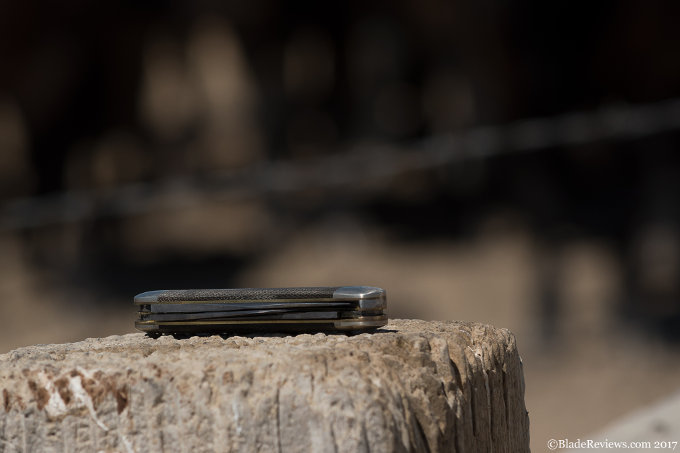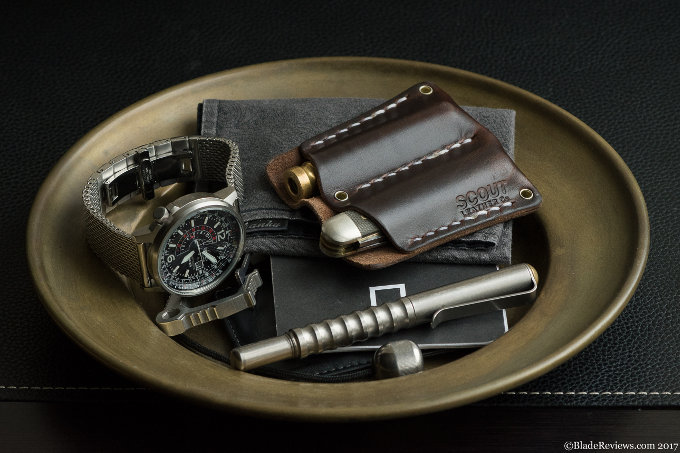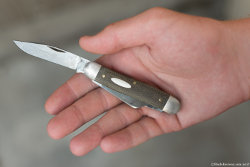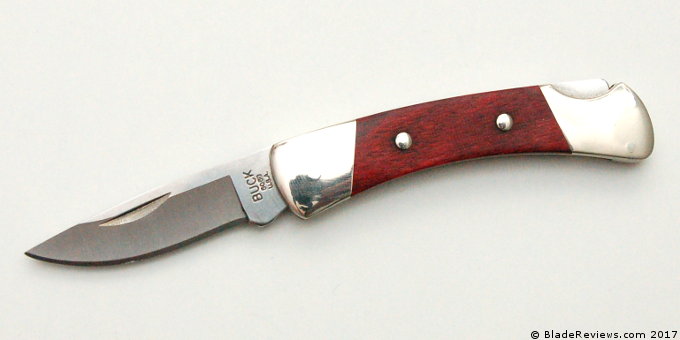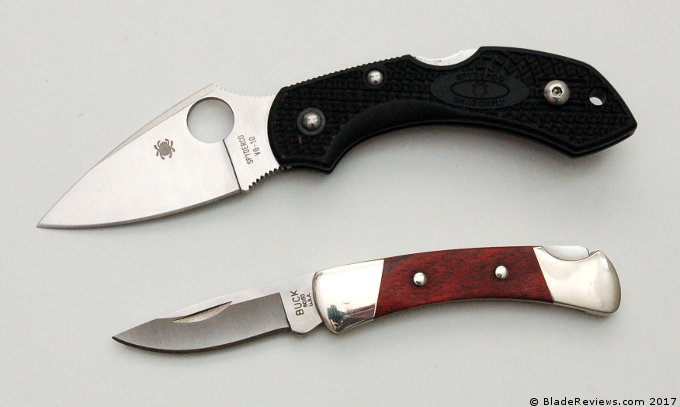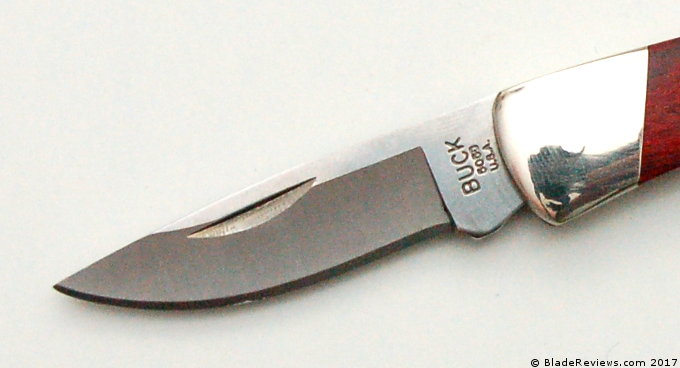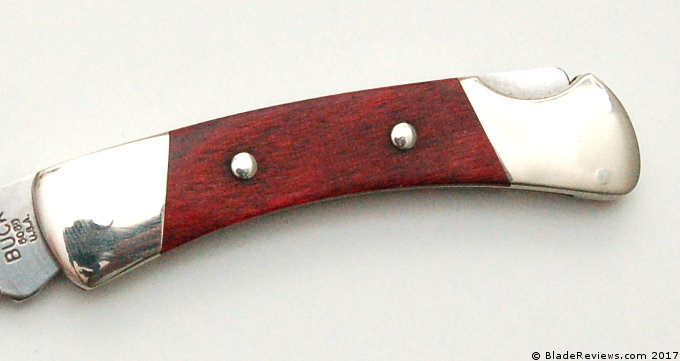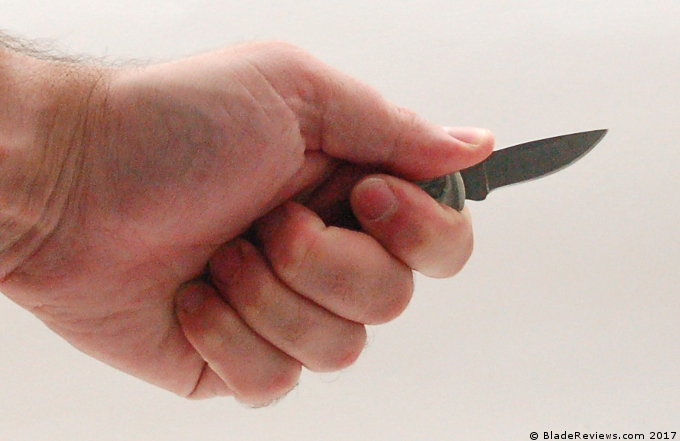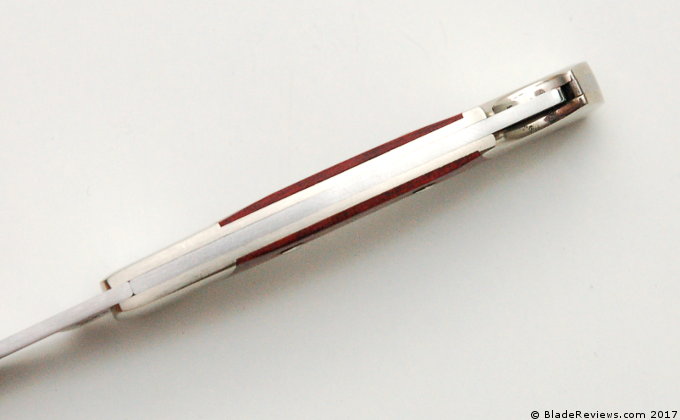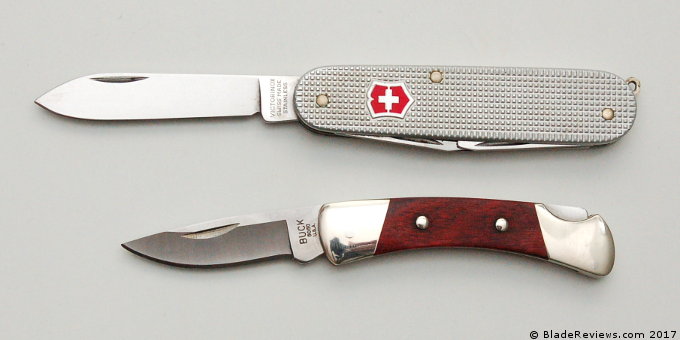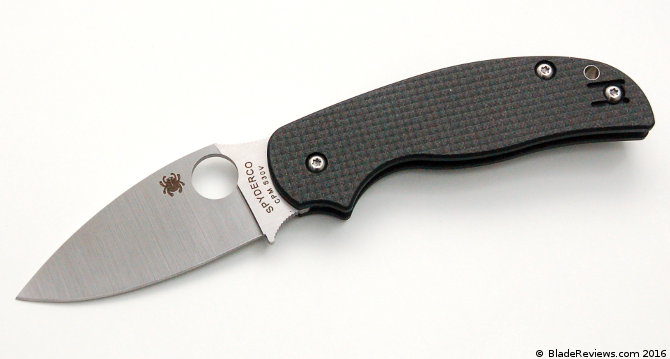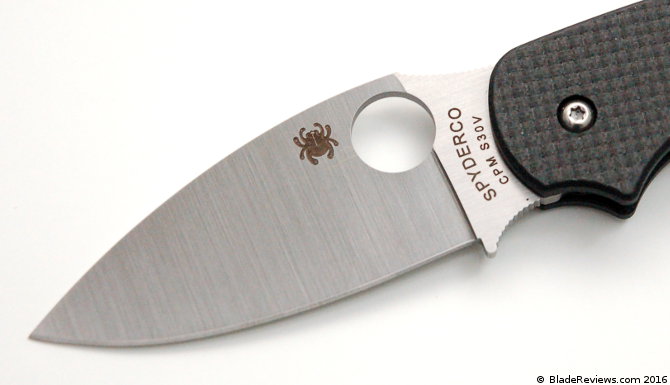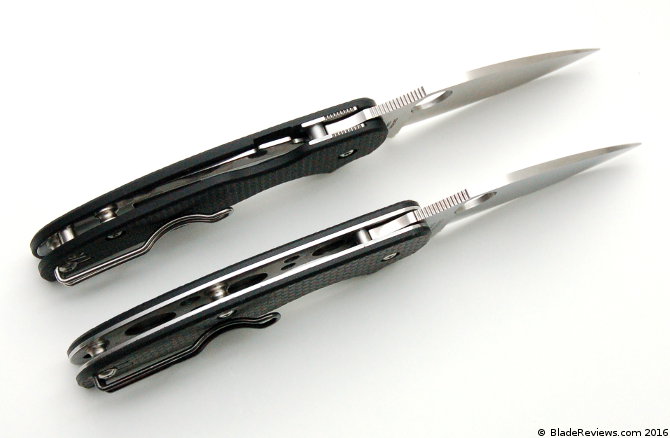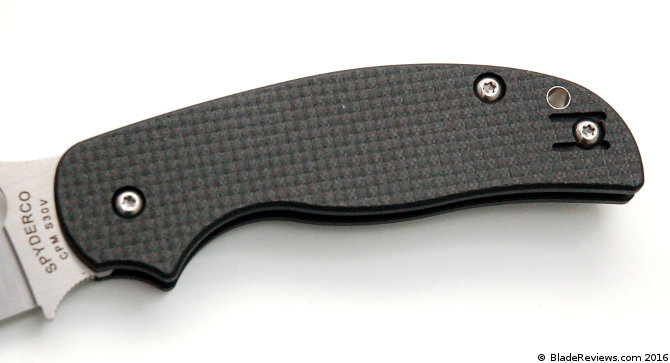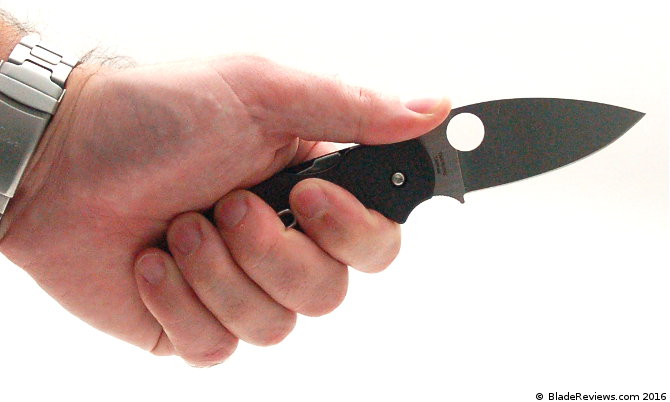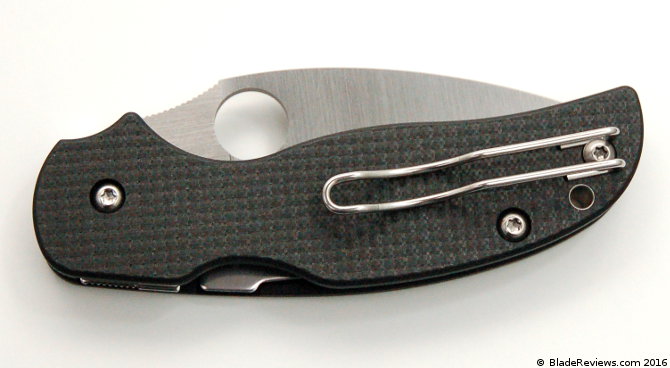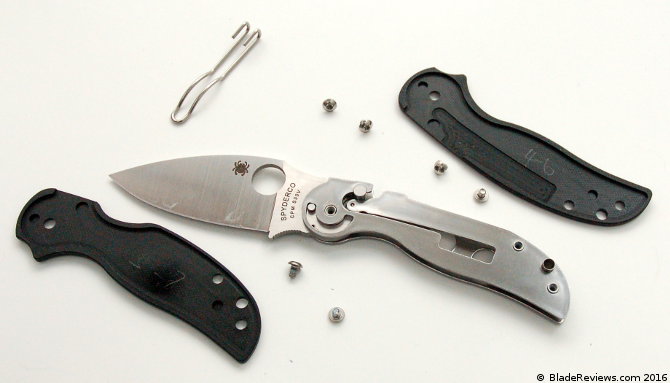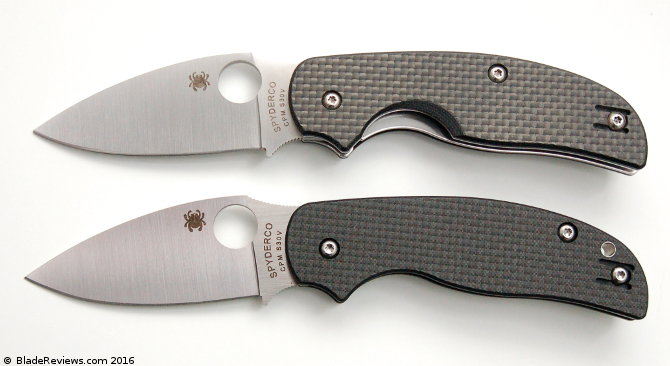I was just reading some statistics about Great Eastern Cutlery: in 2007 GEC produced approximately 7300 knives whereas in 2017 it’s nearly 30,000 pieces. This is remarkable in today’s hyper competitive EDC pocket knife market. That’s a 310% increase over ten years for a traditional knife company. Admittedly, these numbers are based on hearsay, but a glance at the production totals on GEC’s site show there’s some basis for them.
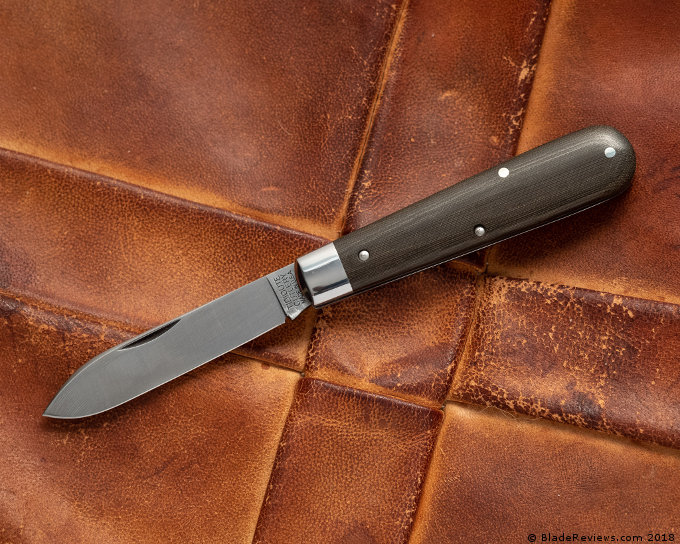
Buy the Boy’s knife at BladeHQ | KnivesShipFree | GP Knives
I’d like to think that the focus on traditional knives is born out of a perspective shift within the EDC community, perhaps away from the overbuilt tactical to the purpose-based smaller utility folders? It’s hard to say at this point, but just from observing the ripe secondary market it’s clear that slipjoint fever is on fire these days.
Today, we’re looking at the GEC #15 Tidioute Boy’s Knife, a well rounded and sized EDC slip-joint at a very accessible price point. Based around the traditional “Sleeveboard” pattern, these are sometimes also made into barlows with full steel bolsters. A “Boy’s Knife,” is generally characterized by their diminutive size (generally between 2.75″ and 3.25″ closed), the idea being these could be a child’s first pocket knife. These were most often spearpoint bladed pieces, but we’re seeing a lot of variety now in the modern iterations. But, before we get too far into that, let’s hit some specs:
- Blade: 2.5”
- OAL: 6.187”
- Thickness: .43”
- Blade Thickness: .09”
- Steel: 1095 Carbon Steel
- Weight: 1.8oz
- Lock: Non-Locking Slipjoint
(These are my personal measurements made with my calipers and my faithful (pink) ruler. The manufacturer’s published numbers may vary.)
Blade
The #15 pattern by Great Eastern Cutlery is an amalgamation of several different knives they offer in the same size. I’m aware of a Wharncliffe version (Navy Knife), Wharncliffe with a cap-lifter/prybar type tool (Crown Lifter), Special Run Barlows (TC’s), and then the Spearpoint (Boy’s Knife) featured here. There are very likely other versions that I am not aware of out there, the world of GEC’s is deep and wide.
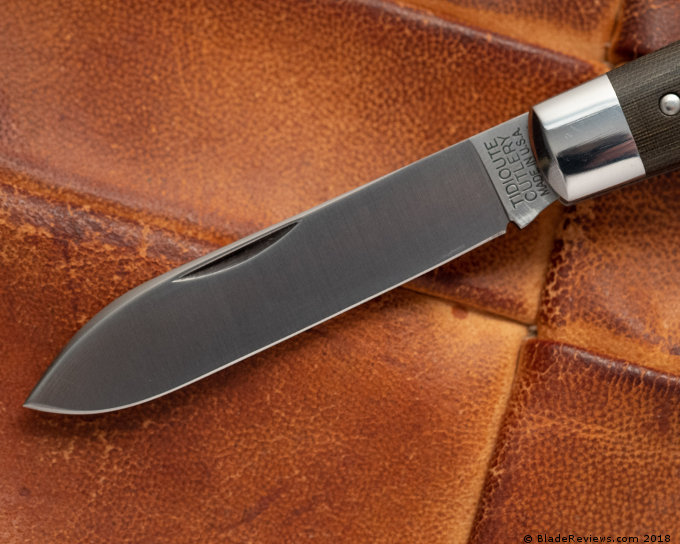
In my opinion the Boy’s Knife in spear point offers one of the more versatile blade shapes out of the GEC offerings. The blade has a straight back for nearly three-quarters of the length before descending into a fine point. GEC has also opted for a small swedge running nearly the entire length of the blade. I think that this offers a little dimensionality to what would otherwise be a very simple blade shape. In practice what I have found is that most of the knives that Great Eastern makes have very nice, thinly ground blades. Case in point, the #15’s blade I have has been taken down to .012 behind the edge… this thing screams through paper.
In practical use, I’ve found the #15’s blade to be a generally good fit for most of what I do. I think the spear point works well for piercing tasks and the thinness of the edge really excels for slicing. I wind up breaking down a lot of boxes at work and it only takes the lightest touch to break the tape.
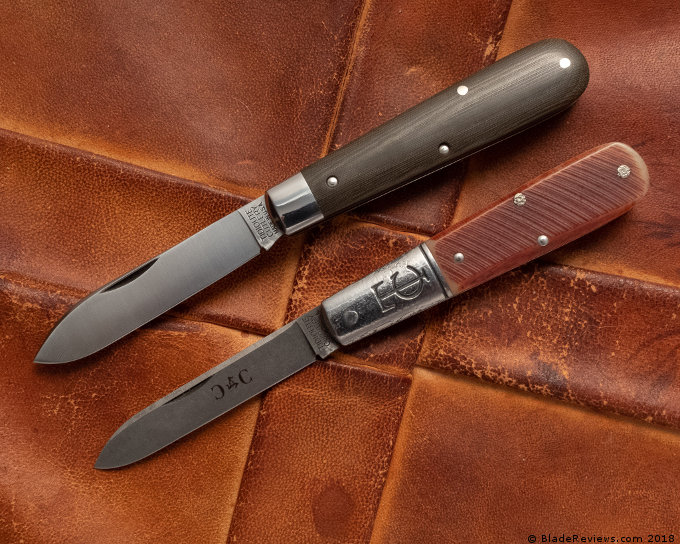
As for steel, 1095 is a tried and true performer, high carbon, generally taken to 58-60HRC, I’ve had great experiences with it both in cutting and sharpening. It will stain or rust, so I’d suggest oiling the blade and spring with mineral oil or something similar (but not too much, some good use patina is cool.)
Handle and Ergonomics
The Boy’s Knife handle is a simple teardrop shape with micarta scales and a short steel bolster over steel liners. Construction is pinned. There are many options for scale material, but I opted for a micarta handle.
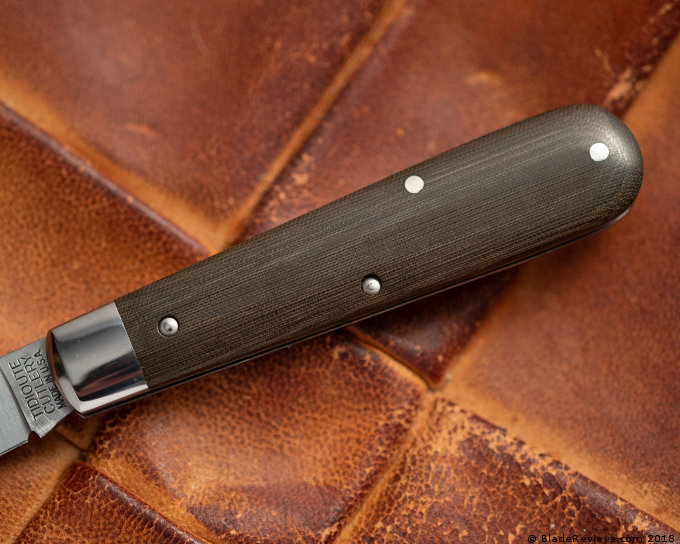
The handle offers a full grip for me, which is surprising to me since the knife appears to be so small on paper. The small teardrop shape doesn’t offer what I’d call a “secure grip,” but in the use case scenario for a small slip-joint, I tend to think this is more than adequate. When the #15 gets put to work cutting up cardboard boxes I’m careful with it as this is a smaller handle and the grip is not as secure as a full size knife.
I’d recommend a full size GEC if you intend to use the knife routinely for harder tasks like breaking down lots of boxes, but this knife is fine for light EDC use and the occasional package.
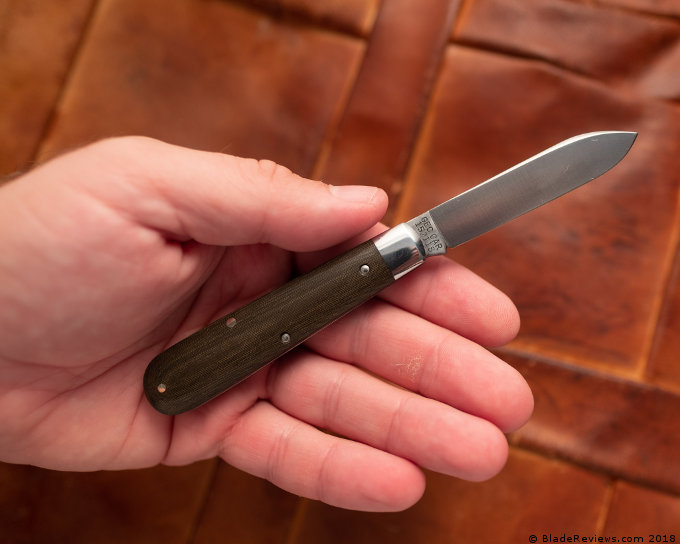
There is no pocket clip on this knife, so no need to comment on that. Often these knives are carried in leather slip sheathes. Either way this will be a small and slim carry.
Another option with this knife is to pick one up with a bail and chain. This is kind of like a wallet on a chain. It won’t walk off on you. Traditionally these bail knives were for sailors, and they continue to practical for marine applications and other times when you want to keep your knife on you.
Walk and Talk
Talking about the “lockup” on a traditional folder like this always presents a challenge, but I think it might be more applicable to talk about it’s fit and finish since those will directly relate.
The areas that are often talked about with traditionals generally are flushness of the spring and centering. I would expect a handmade custom Slipjoint to be flush in all three positions and perfectly centered, whereas I give a little grace to production knives.
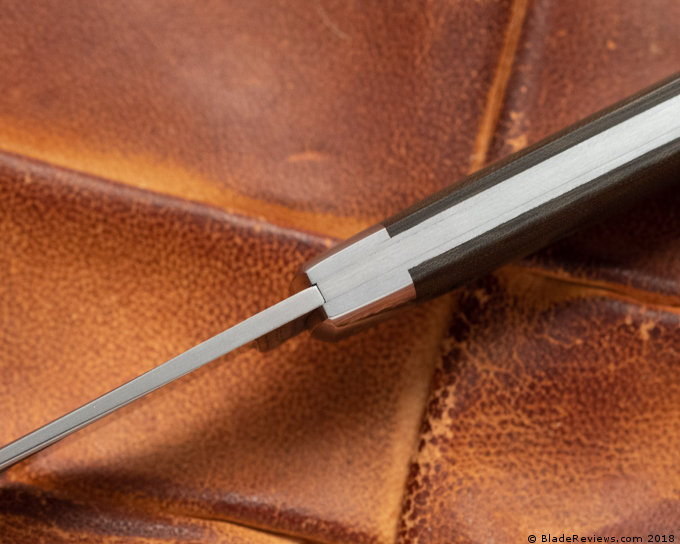
The #15 is flush in the open and closed, but the spring does stick up a little at the half-stop. This would only become apparent if you stopped mid opening or closing to look at it. Centering, however, is right on the money.
Since this is a non-locking slip joint, we don’t talk about deployment and lockup. Instead we talk about “walk” and “talk”. The walk is the feel and tension of the blade moving against the spring, while the talk is the sound of the knife snapping open/closed.
The walk and talk on most GEC’s I’ve handled is pretty decent. My only gripe is that I don’t think that nail nicks are a viable method to open knives. My only interest in a nail nick is if it allows some portion of my finger to “stick” to the blade so I can pinch the knife open, and it barely functions as such on the #15. I’d love a more pinch-able blade.
GEC #15 Tidioute Boy’s Knife Review – Final Thoughts
All in all, my experiences with the GEC #15 have been very good. It’s a solid knife that performs well in the context that I think it was designed for. I think that most traditional knives perform pretty light duty tasks for everyone. Slice an apple here, open some mail there, maybe break down a few boxes as the need arises, but most of us won’t be carrying a GEC for a survival knife except perhaps as a tertiary backup to other gear. GEC’s have also maintained a good collector base, so if you’re the “Gotta Catch’em All,” type you will do well in this world.
If you are looking for a small and simple GEC slip joint, the #15 Boy’s Knife is well worth considering.
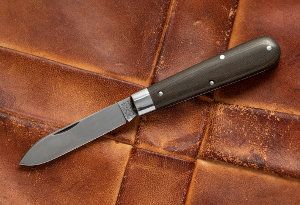
GEC #15 Boys Knife
From: BladeHQ
Editor: I recommend purchasing the GEC #15 Boys Knife at BladeHQ, KnivesShipFree, or GP Knives. Please consider that buying anything through any of the links on this website helps support BladeReviews.com, and keeps the site going. As always, any and all support is greatly appreciated. Thank you very much.
